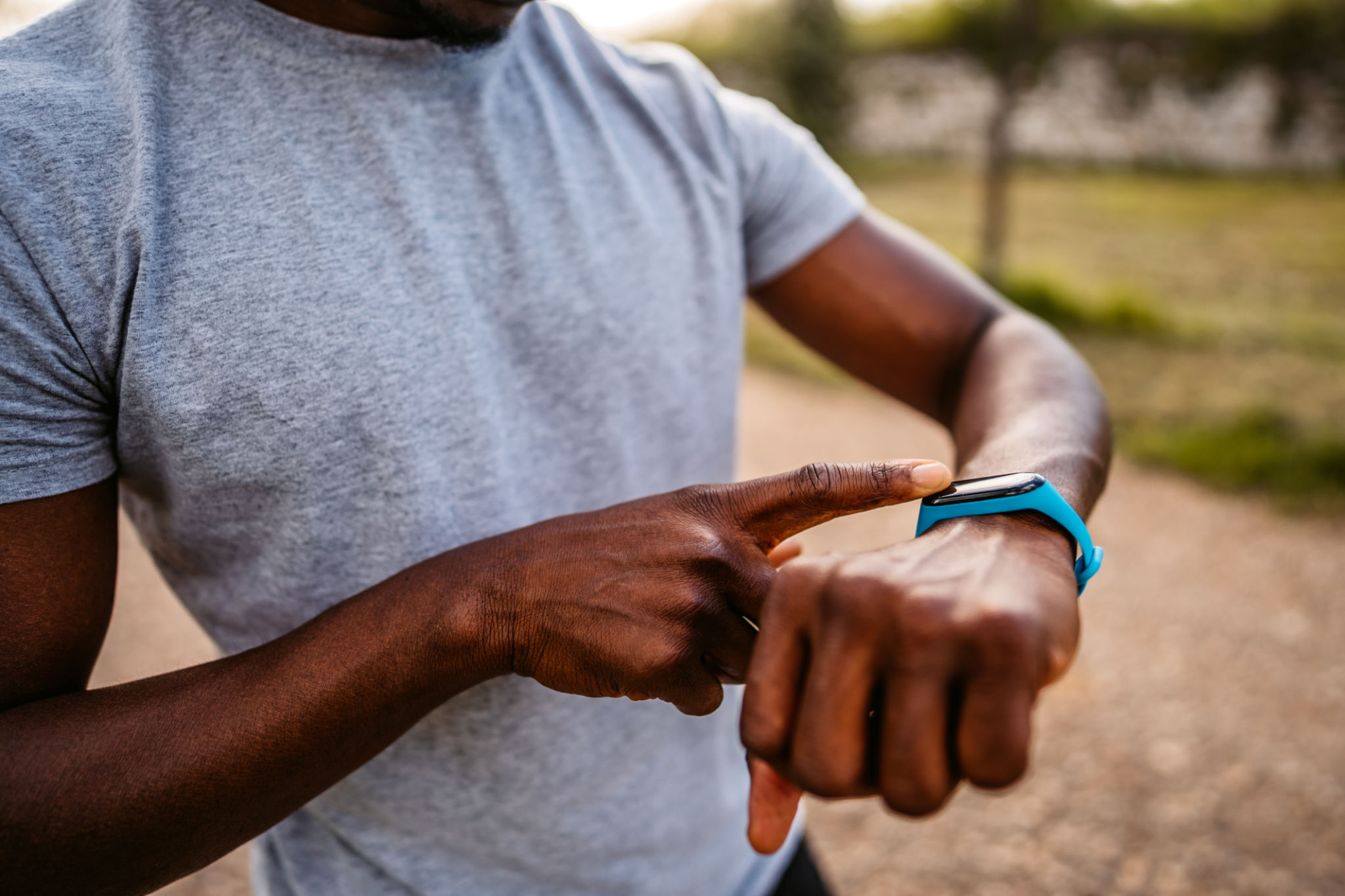Case Study: Successful Market Validation for Wearable Technology Startups
Understanding Market Validation
Market validation is a crucial step for any startup, especially in the fast-evolving world of wearable technology. It involves confirming that there is a viable target market for your product, ensuring that your innovation meets the needs and demands of potential customers. For wearable tech startups, this process can be a game-changer, guiding product development and marketing strategies to better align with consumer expectations.
The wearable technology sector is booming, with new devices and applications emerging at a rapid pace. From fitness trackers to smartwatches, wearable tech offers a broad spectrum of possibilities. However, the key to success lies in understanding which features resonate with your target audience and how your product can stand out in a crowded market.

Steps to Successful Market Validation
Embarking on market validation requires a strategic approach. Here are some essential steps that successful wearable tech startups have taken:
- Conduct Thorough Market Research: Analyze current trends, customer preferences, and potential competitors. This helps in identifying gaps in the market that your product can fill.
- Create a Minimum Viable Product (MVP): Develop a simplified version of your product to test with real users. This allows you to gather valuable feedback while minimizing costs.
- Engage with Early Adopters: Early adopters are often more willing to try new technology and provide honest feedback. Their insights can be instrumental in refining your product.
Real-World Example: A Fitness Tracker Startup
Consider a startup that developed a fitness tracker specifically designed for swimmers. Before launching the full product, the company engaged in extensive market validation. They started by identifying a niche audience—swimmers looking for a waterproof tracker with advanced metrics tailored to aquatic activities.
The company created an MVP and distributed it among local swimming clubs, gathering feedback on usability and desired features. Through this process, they discovered that while most users appreciated the waterproof feature, they also wanted seamless integration with popular fitness apps.

Iterating Based on Feedback
With this new insight, the startup iterated on their design, enhancing compatibility with major fitness platforms and improving user interface based on direct user feedback. This not only increased user satisfaction but also broadened their product's appeal beyond just swimmers.
The startup also leveraged surveys and interviews to dig deeper into consumer preferences. This iterative feedback loop ensured that the final product launch was well-received and aligned with market needs.
Measuring Market Validation Success
Determining the success of market validation efforts involves several metrics. Key performance indicators might include customer acquisition rates, user retention rates, and feedback scores. For wearable tech startups, additional metrics like device usage frequency and app engagement can provide deeper insights into user satisfaction.

A successful market validation process can significantly reduce the risk of failure by ensuring that the product meets customer expectations. For the fitness tracker startup, their meticulous approach paid off, as they experienced a strong launch with positive reviews from both users and industry analysts.
Conclusion
In conclusion, market validation is not just an optional step but a necessity for wearable technology startups aiming for long-term success. By understanding customer needs, iterating based on feedback, and measuring results effectively, startups can position themselves ahead of competitors in this dynamic field.
